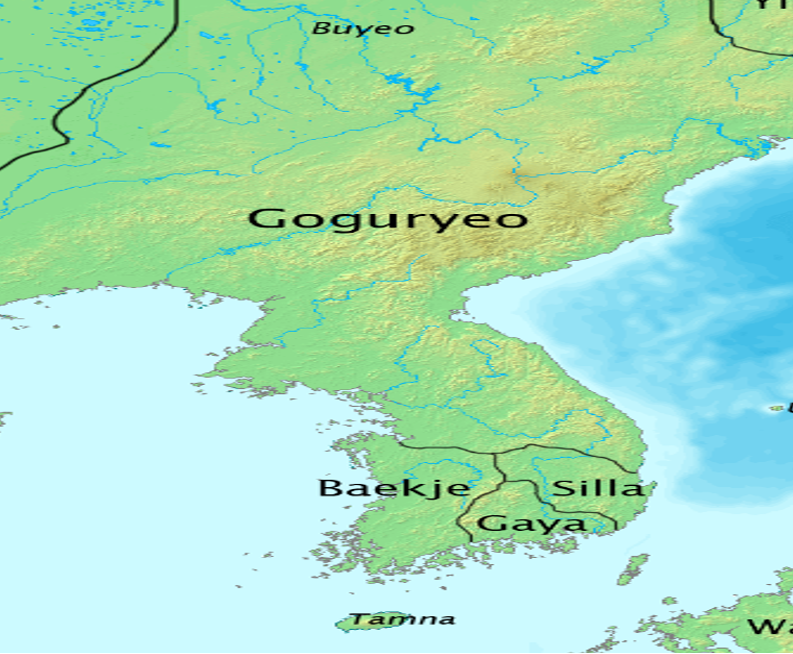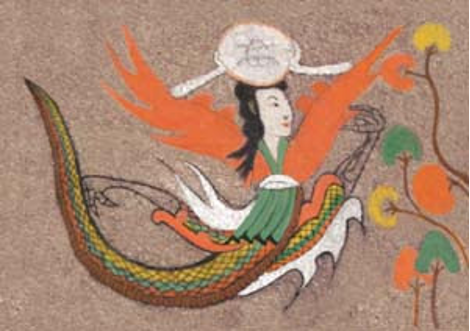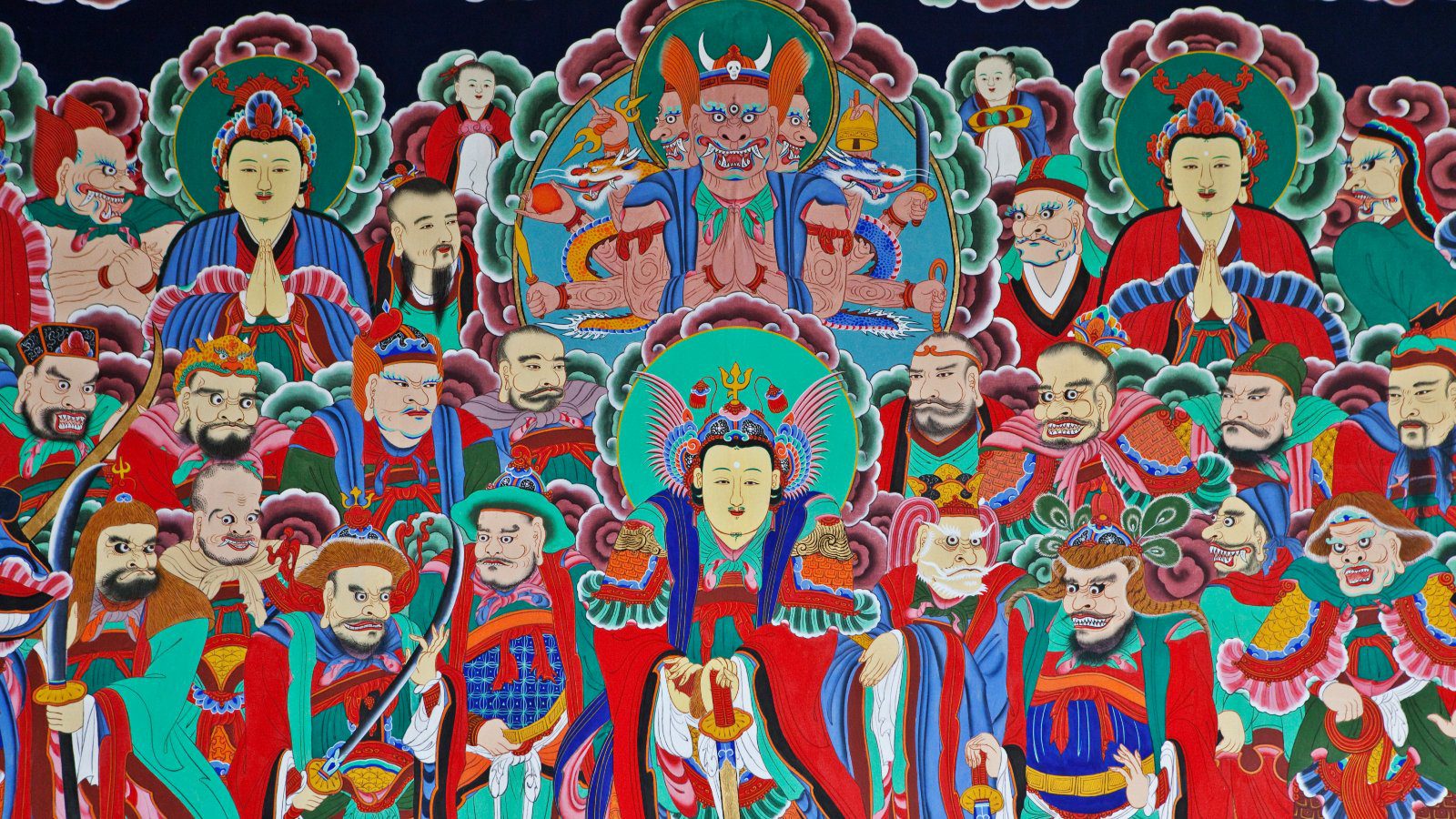By Amalia Theocharidou,
Korea has made its greatest way to the outer world in many fields. The so-called Hallyu wave has taken along many people who find themselves more and more interested in the new to them Korean culture that has been introduced via Kpop or Kdramas that seem to be taking over the world like a storm. This particular interest intrigued many to research the ancient history of the country as well as the mythology that surrounds it in order to understand more about the idiosyncrasy of the nation which appears so tightly bonded with its culture.
To begin with, Korean mythology, is actually divided in two. The first part consists of the written myths in books that pass from generation to generation. But the greatest part of it all is the oral myths that have been fabled to the people of Korea by the shamans, known as the ones that would communicate with good and evil spirits and enchant them with their stories, meaning they were the guardians of the spiritual connection between the deities and humans. The mythology depends on a great level of geographic factors. For further explanation, ancient Korea used to be divided into three great kingdoms: Goguryeo (고구려), Baekjae (백제), and Silla (신라). As expectable, each one has its own mythological traditions.

The oral mythology doesn’t present so many differences among the kingdoms. Shamans in order to conduct their shamanic rituals used the myths so as to worship the celestial gods and their ancestors. The way the myths were presented differs, with the shamans either using epic songs or oral epics. Their importance was so big, that they were considered spells. As writer Lee Sooja states, “The shamanic rituals include myths that can be categorized in twelve different segments: 1) The birth of the universe (like the Song of the creation of the Universe), 2) The infant birth/disease god type (Origin of Childbirth Goddess), 3) Acquisition of shamanic powers/shaman ancestral goddess type (Song of the Triplets), 4) Flower Supervisor of Seocheon type (Origin of Igong), 5) Human fate type (Origin of God of Destiny Samgong), 6) Underworld or death type (Appeasing the Dead at Sea), 7) Calamity prevention deity type (Song of Jangja), 8) Agricultural origins/cattle god type (Origin of Farming), 9) Good harvest/prosperity god type (Origin of the Seven Stars), 10) Household god type (Origin of Gate God), 11) Village guardian god type (Origin of Village Guardian Deity), 12) Ancestral god type (Myth of the Three Surnames) (Sooja, -)”.
The written mythology can be categorized into three segments: myths (Shinhwa), legends (CheonSeol), and folktales (mindam). The plot of those would be about either something serious, like heroic acts, supernatural tales and stories about ordinary people, or funny, like anecdotic tales, plant and animal tales. As we get further into the Korean tradition, it is noticeable how most of the myths talk about the founding of the nation. The legends though are completely different. It is obvious that there has been a religious impact. Confucianism plays a strong role, with its beliefs visible in the legends that talk about people claiming a strong force and trying to overcome enormous powers. To add up to that, there’s always a sign of proof that stays behind in order to enchant the reader more. Normally, that would be a stone, a flower, or something similar which works as a sign that validates the existence of the said story. The third category has more of an anecdotic turn. The protagonist is normally someone ordinary and idiotic which would cause laughter among the people.

An also important factor is how different the spirits and supernatural creatures are portrayed in this tradition. Differing from the west, Korean mythology gives an unexpected good turn to ghosts, fairies, and monsters that they’re mentioned with the word chapshin. Those are described as something completely normal in complete alliance with nature. Even more, they work as guardians of the good force against evil and help restore balance when lost (Shure, 2000).
Korean mythology is a very complex factor of their tradition but yet an extremely interesting one. Even in modern Korea, people seem to be attracted to that field of their culture, as they try to include it further in new shows and books and also to introduce it to the outer world. It is rather obvious, judging by the current politics and culture as well, that Korea has still a lot to offer as it earns its right and growing place in the international system.
References
-
Shure, C. L. (2000, March 8). Korean Mythology. pantheon.org. Available here
-
Sooja, L. (n.d). Shamanic Mythology. folkency.nfm.go.kr. Available here




